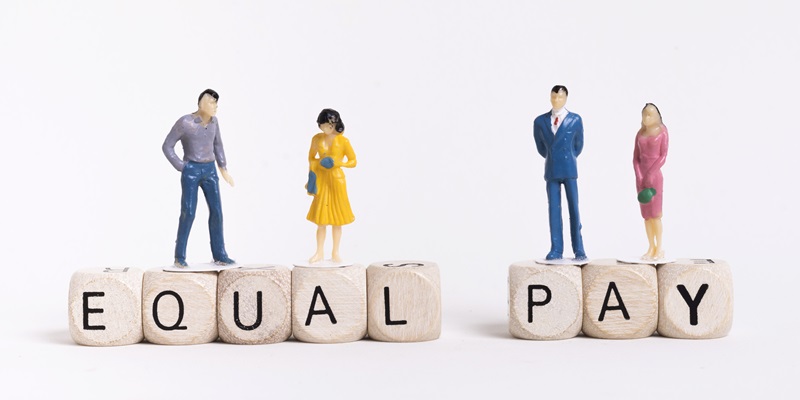In a significant step towards gender pay equity, Australia’s gender pay gap has reached a record low of 11.5% as of May 2024, according to the Australian Bureau of Statistics (ABS). The data reveal a notable shift in the long-standing disparity between the average earnings of full-time male and female workers, signaling progress in efforts to bridge the gap.
Statistical Insights
The ABS reported that the average full-time weekly earnings for men were $2,014.3, whereas for women, it stood at $1,782.8. This translates to women earning 89 cents for every dollar earned by men, reflecting a difference of $231.50 per week, or $12,038 annually. These figures represent a narrowing of the gap, which has been the subject of extensive debate and advocacy for years. The reduction is promising, though it underscores the challenges that remain in achieving full pay equity.
Government Initiatives
The progress in narrowing the gender pay gap can be largely attributed to a series of government initiatives aimed at combating wage inequality. Notable measures include banning pay secrecy clauses that often hinder salary transparency, modernizing the bargaining system to ensure fairer negotiations, enforcing mandatory gender pay gap reporting, and implementing targeted pay raises in female-dominated sectors such as aged care and childcare. These actions have cumulatively contributed to an environment where equal pay is increasingly becoming the norm, rather than the exception.
Industry Impact
One of the pivotal factors in the declining gender pay gap is the pay increases observed in the education and training industry, which employs a significant number of women. The targeted wage boosts in this sector have had a pronounced effect on narrowing the pay disparity. By addressing pay inequities in industries with higher concentrations of female workers, the overall average earnings for women have seen substantial improvements.
Future Outlook
Australia has made a significant stride toward gender pay equity, with the gender pay gap hitting a historic low of 11.5% as of May 2024, according to the Australian Bureau of Statistics (ABS). This development marks an important milestone in the ongoing effort to close the wage gap between men and women working full-time positions.
Historically, women have faced disadvantages in earnings, often for comparable roles and responsibilities. The narrowing of the gap signifies progress, reflecting various societal and organizational changes aimed at achieving greater fairness. Several factors have contributed, including policy reforms, increased awareness, and organizational commitments to equity. The low figure suggests that these strategies may be effective. Although this does not spell an end to the broader issues of workplace inequality, it certainly presents a hopeful sign that persistent efforts to address the pay disparity are bearing fruit.
More work remains to achieve complete parity, but this downward trend reinforces the importance of continuous efforts and vigilance to ensure that both men and women are compensated fairly for their contributions to the workforce.

